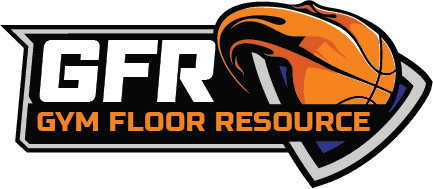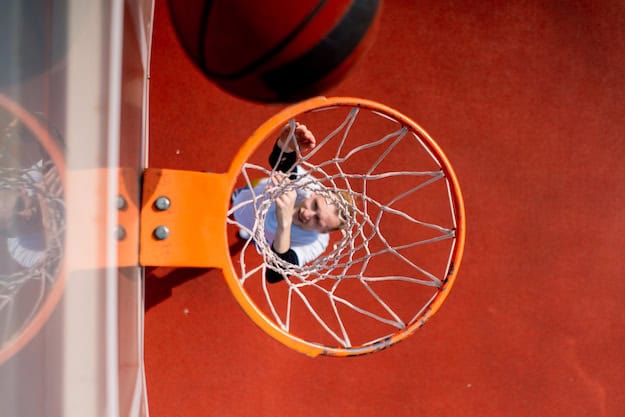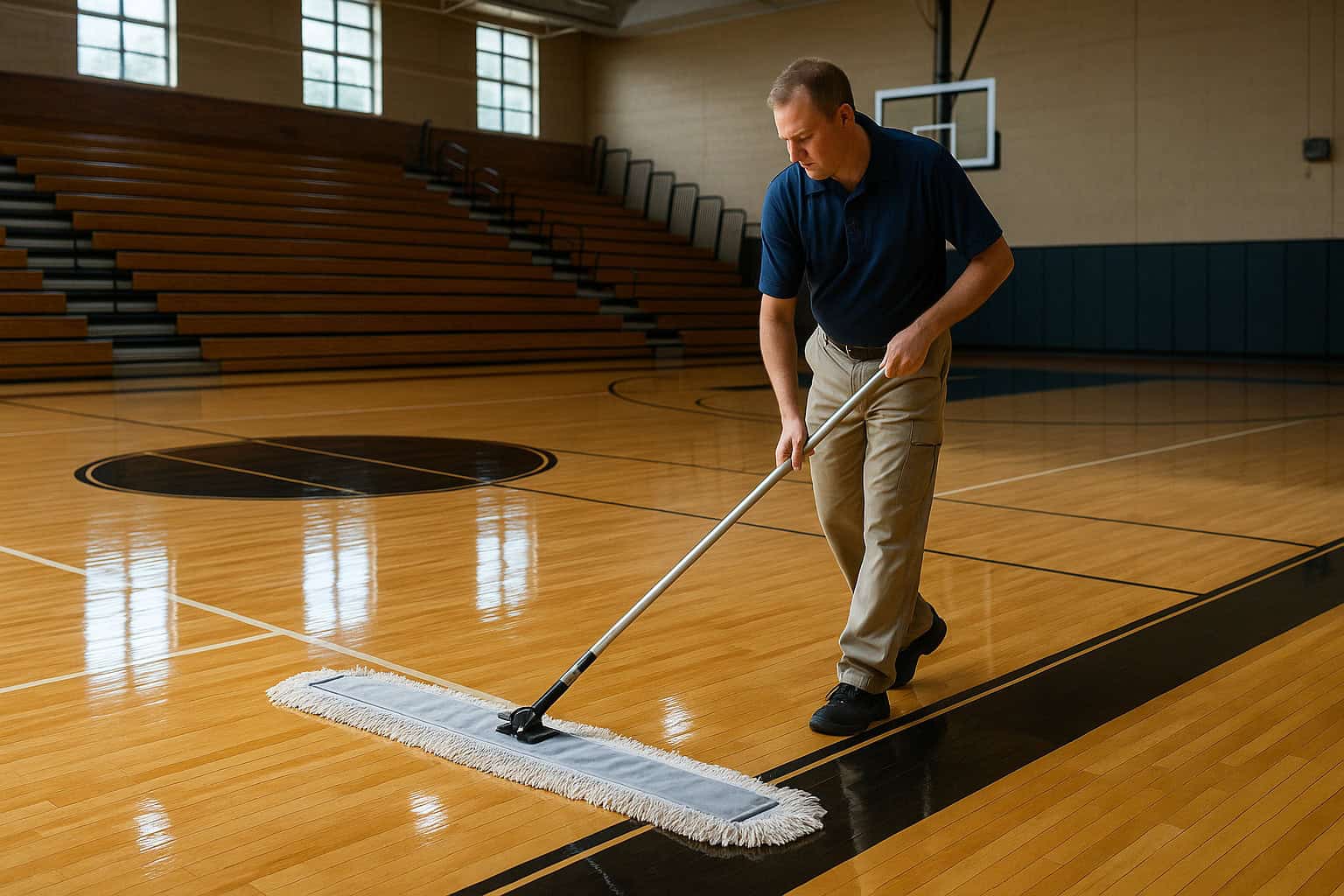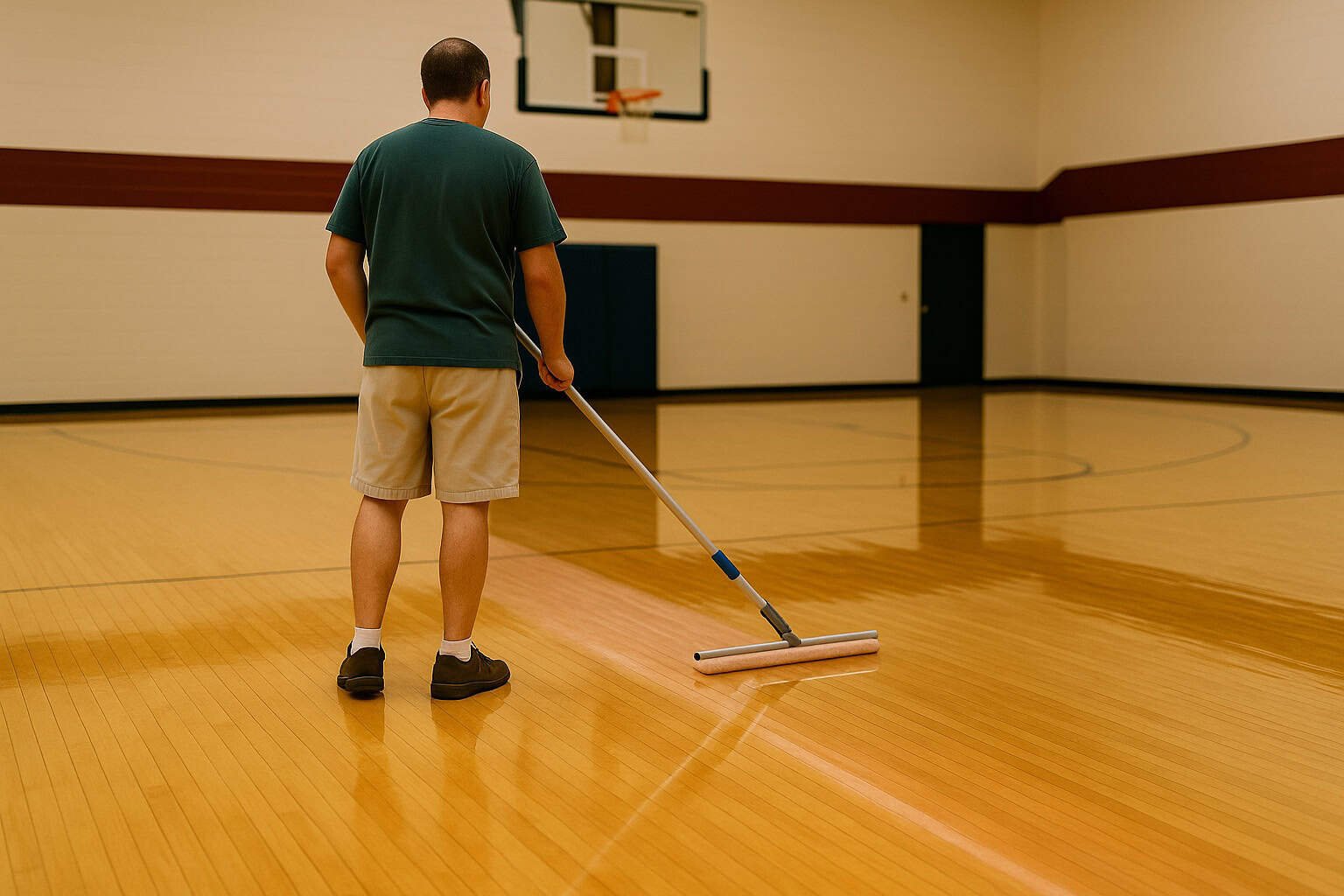Gym floors represent significant investments, often exceeding tens of thousands of dollars. Ensuring these floors remain stable and free from costly damage requires diligent management of relative humidity (RH) and temperature. Neglecting these factors can lead to warping, cupping, and gaps—costing flooring contractors valuable time and thousands of dollars in repairs and replacements annually.
Why RH and Temperature Monitoring Matters
Accurate monitoring of RH and temperature is critical, typically needing to remain between 35-50% RH and 55-75°F as outlined by industry-leading standards from the National Wood Flooring Association (NWFA) and the Maple Flooring Manufacturers Association (MFMA). Deviations from these standards can result in floor failures and potentially void manufacturer warranties. An estimated 75% of flooring callbacks and warranty disputes arise directly from moisture-related issues.
Cost of Ignoring RH and Temperature
Failing to monitor RH and temperature remotely can result in expensive callbacks and site visits, consuming substantial labor hours and significantly increasing project costs. Major repairs due to moisture-related damage can quickly escalate to $30,000 or more, not to mention the associated downtime and loss of client trust.
Industry Standards for Warranty Compliance
- Maple Flooring Manufacturers Association (MFMA): Recommends maintaining indoor conditions between 35-50% RH and 55-75°F year-round. MFMA guidelines explicitly require documented monitoring for warranty validity.
- National Wood Flooring Association (NWFA): Suggests similar environmental ranges, emphasizing documentation of site conditions to protect warranty coverage and minimize disputes.
- ASTM F2170: Specifies RH testing protocols for concrete substrates, requiring slab moisture content below 85% RH before installation can proceed.
Monitoring RH and Temperature Throughout the Installation Lifecycle
A proactive approach to moisture control means tracking conditions before, during, and after the floor installation. By instituting a structured monitoring plan across all three phases, you can identify risks early, maintain industry compliance, and preserve the integrity of your gym floor investment.
Pre-Installation: Confirming Substrate Readiness
- Perform ASTM F2170-Compliant Tests
Before any wood is laid, the concrete slab must be dry enough to accept flooring. Rely on ASTM F2170 protocols to measure slab RH at 1 – 2 inches below the surface. Data logging tools help you monitor conditions to ensure RH remains below 85 % RH (per ASTM) and within the MFMA’s 35 – 50 % RH range. - Establish Ambient Benchmarks
Once slab tests confirm acceptable moisture, it is important to monitor the area where flooring will be installed. Tracking ambient RH (35 – 50 %) and temperature (55 – 75 °F) for several days prior to installation lets you verify that the jobsite HVAC is capable of maintaining stable conditions. If readings drift outside tolerance, you have time to adjust dehumidification or climate controls before cutting and fitting maple or hardwood boards.
During Installation: Ensuring Environmental Consistency
- Continuous Data Logging Avoids Guesswork
As boards go down, conditions can fluctuate—especially in new construction or aging facilities. By using monitoring solutions, you are able to capture RH and temperature every few minutes without sending crews back to collect data. If the system allows for WiFi or Cellular connection you can receive immediate alerts if ambient RH creeps above 50 % or temperature dips below 55 °F, so you can pause adhesive or nailing until conditions normalize.
Post-Installation: Safeguarding Long-Term Performance
- Monitor Seasonal and HVAC Variations
Even after the floor is fully installed and finish coats are applied, RH and temperature shifts can cause expansion or contraction. For example, winter heating can drop RH below 35 %, leading to small cracks; summer humidity spikes above 50 % can create cupping. By embedding a sensor into a flooring plank, your client gains ongoing data—so they know exactly when conditions dip out of range. - Document a Lifetime of Compliance
Manufacturer warranties often require documented proof that RH / Temp stayed within 35 – 50 % RH and 55 – 75 °F for the first year (or longer). Monitoring solutions can provide tamper-proof record that supports any warranty claims and demonstrates value when renewing maintenance contracts.
On-Site vs. Remote Monitoring
On-site monitoring typically requires manual checks or proximity-based Bluetooth devices, meaning you must physically visit the site to collect data. Remote monitoring, however, leverages Wi-Fi and cellular connectivity, allowing continuous, real-time data collection from any location. This approach significantly reduces labor costs, travel time, and provides instant alerts for quick intervention.
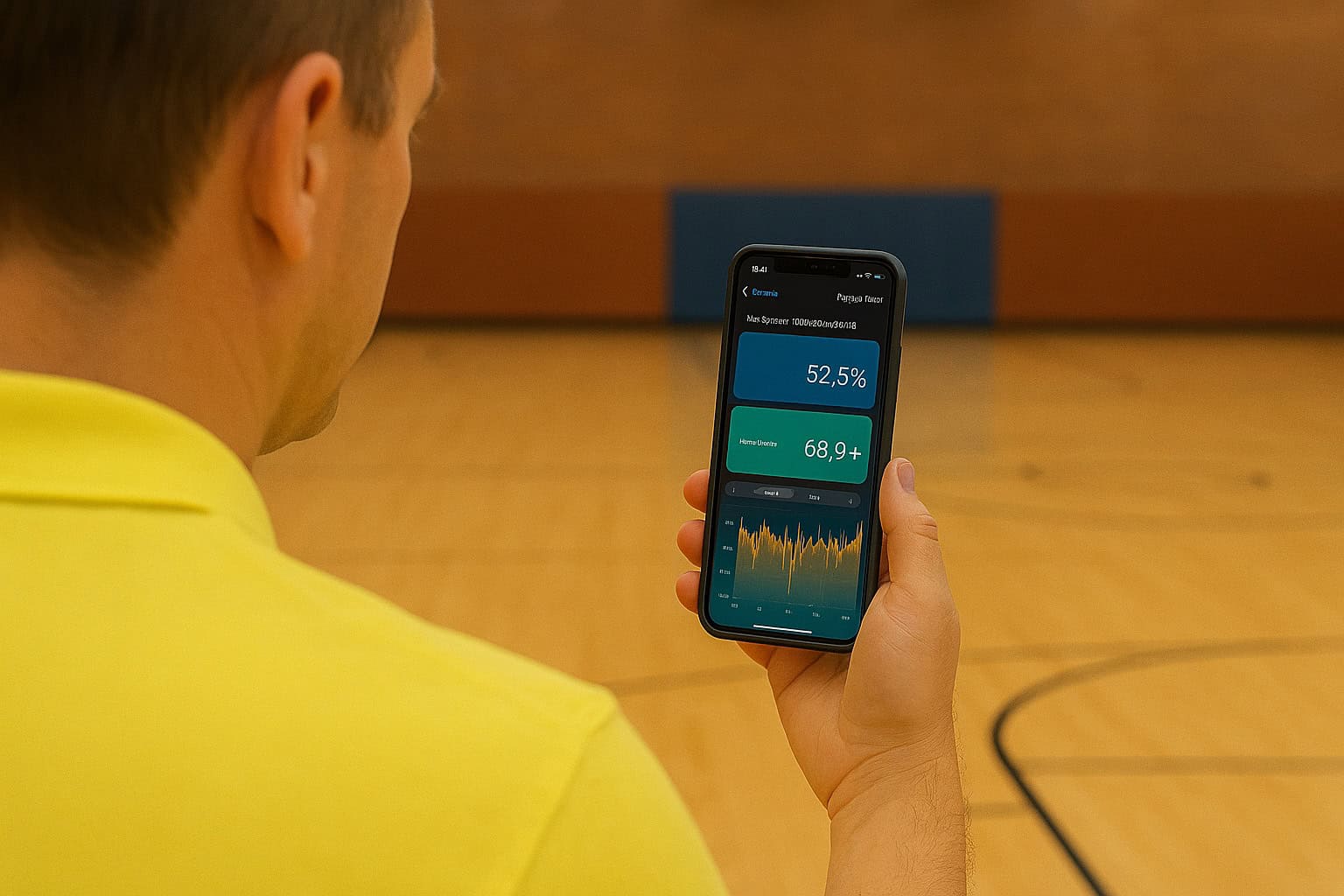
High-Level Product Comparison: SmartPlank vs. Wagner Meters
SmartPlank Solutions
- Smart Sensors
- Base Smart Sensor: Bluetooth enabled sensor provides easy access to readings when on-site. (Not remote monitoring capable)
- Standard Smart Sensor: Bluetooth and Wi-Fi enabled sensor, perfect for continuous remote data tracking and alerts.
- Pro Smart Sensor: Adds cellular connectivity (no monthly fees), ideal for sites lacking reliable Wi-Fi.
- Cellular Gateway: Enables full remote monitoring in environments without existing internet infrastructure when using Pro Smart Sensors.
- Remote Monitoring Kits
- Standard Monitoring Kit (Wi-Fi): Complete kit for pre and post-installation monitoring, ideal for comprehensive jobsite control.
- Pro Monitoring Kit (Cellular): Offers complete connectivity solutions for remote sites, ensuring seamless monitoring without internet reliance.
- Discover the full range of SmartPlank solutions available.
Wagner Meters Solutions
- Smart Logger: Compact, Bluetooth-enabled logger perfect for short-term ambient condition checks. Requires proximity (within approximately 100 ft) for data download.
- Floor Sentry Sensor: Embedded Bluetooth sensor for long-term monitoring within floor systems, requiring regular site visits to download data.
- Discover the full range of Wagner Meters products on our site.
Why Choose Remote Monitoring?
Remote monitoring significantly reduces contractor site visits, saving hours of labor and vehicle expenses. It provides immediate notification of potential issues, allowing proactive interventions and reducing costly damage. Historical data logging offers documented proof of compliance with industry standards, safeguarding warranty protections from pre-installation through the lifespan of the floor.
Conclusion
Investing in effective RH and temperature monitoring solutions from Wagner Meters or SmartPlank not only safeguards your projects against costly moisture-related damages but also ensures compliance with crucial industry standards. Equip yourself today to avoid the pitfalls of inadequate monitoring and protect both your reputation and your bottom line.
Previous Articles In This Series:
